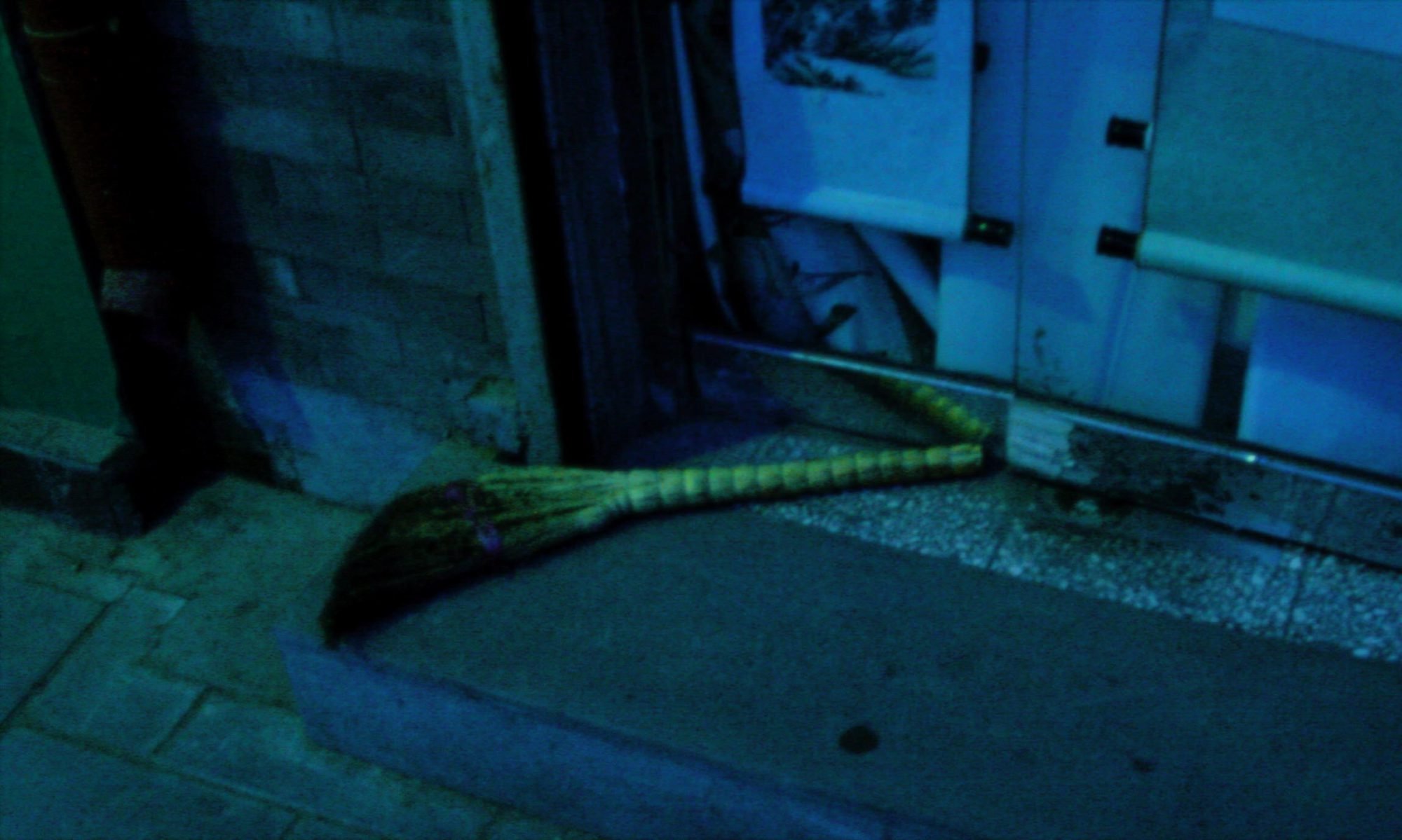In Alpine Holdings Ltd v Feinauer[2007] WASC 58, the Supreme Court of Western Australia gave very short shrift indeed to an argument that a statutory claim of misleading and deceptive conduct was not met by advocates’ immunity. The decision is interesting for this reason alone. It is also interesting because of:
- the Court’s willingness to throw aside the ever so clever form of the pleading and look at what was really being alleged as a matter of substance;
- the appropriately expansive post-D’Orta-Ekenaike’s Case‘s analysis of the intimately connected test so as to apply to alleged omissions of heads of damage and failures to pursue claims; and
- the willingness to apply the immunity to post-trial conduct (i.e. appeal and appeal preparation).
It is a short and sure judgment. It commences:
‘[6] … The claim remains that the defendant failed to properly advise on and plead the plaintiffs’ loss and damage … In para 35 [of the statement of claim], reference is made to the engagement of an accountant who was to prepare a report on the loss and damage sustained by the plaintiffs and which they sought to recover in the Warwick action. It is misleading and deceptive conduct in relation to this report which is said to found the cause of action. But, properly considered, what is being put is that the defendant failed to properly plead and pursue the plaintiffs’ claims.’
The form of the pleading was not allowed by the Court to govern the outcome of the application. The Court went straight to the substance of what was really alleged. The judgment continues:
‘… So the question then is whether advocate’s immunity will apply to a statutory cause of action as against a cause of action founded in common law.
[7] Advocate’s immunity reflects a “central and pervading tenet of the judicial system” that controversies, once resolved, are not to be re-opened: see D’Orta-Ekenaike v Victorian Legal Aid (2005) 223 CLR 1 per Gleeson CJ, Gummow, Hayne and Heydon JJ at 17, 20 and 30 — 31. Although the High Court in D’Orta-Ekenaike was expressly dealing with a subsequent claim in negligence, the majority made clear the immunity applies to a subsequent suit or otherwise [sic.]: see Gleeson CJ et al at 85. There can be no basis for confining the immunity to a subsequent claim at common law. The policy of finality would be subverted if a matter could be re-litigated under the guise of a statutory right where the immunity would otherwise preclude a claim at common law or in equity. Subsequent to D’Orta-Ekenaike, there is no rational basis for drawing such a distinction.
[8] Counsel for the plaintiffs referred to two cases which, it was submitted, establish that the question of advocate’s immunity where a statutory cause of action is pleaded, is yet to be determined. These two cases were Sheridan International Pty Ltd v CS Brooks Inc [2005] NSWSC 140 and Gray v Morris [2004] QCA 5. In my view, whatever may be the proper interpretation of these two cases, they cannot stand when put against the clear reasoning of the majority in D’Orta-Ekenaike.
[9] D’Orta-Ekenaike also reaffirmed the extent of the immunity. It is to be determined according to the test in Giannarelli v Wraith (1988) 165 CLR 543. The effect of that decision is that work done out of court leading to a decision affecting the conduct of the case in court is covered by the advocate’s immunity. What is complained of in paras 35 to 44 [of the statement of claim] may be work that was undertaken out of court. But it led to a decision affecting the conduct of the case in court and is covered by the advocate’s immunity.
[10] The same reasoning applies to paras 62 to 78. Again, what is complained of is an action framed in misleading and deceptive conduct. But what is complained of is that the defendant failed to properly advise the plaintiffs about errors of law in the trial Judge’s award of damages, the conduct of the appeal and the possible compromise of the … action and the appeal. Consistent with what I have said above, advocate’s immunity applies to those allegations and the paragraphs cannot stand.’
So the Court struck the allegations out peremptorily and suggested attempting to replead would be a bad idea.


It is important to note there was a follow-up appeal to this decision:__See the Court of Appeal's reasons at [2008] WASCA 85, where the Justices overturned the earlier decision of the Master based on the following ground being made out . . . __"2. The learned master was wrong in law to strike out the first claim and the second claim insofar as he: __2.1 found that advocate's immunity operated to preclude the claims when there was no binding authority to that effect in respect of a cause of action based upon s 10 of the Fair Trading Act 1987 (WA) (FTA) . . ."
Their honours concluded . . .
104 It was for those reasons that we granted leave to appeal and allowed the appeal.
105 In the circumstances, it was unnecessary to consider the other grounds of appeal.